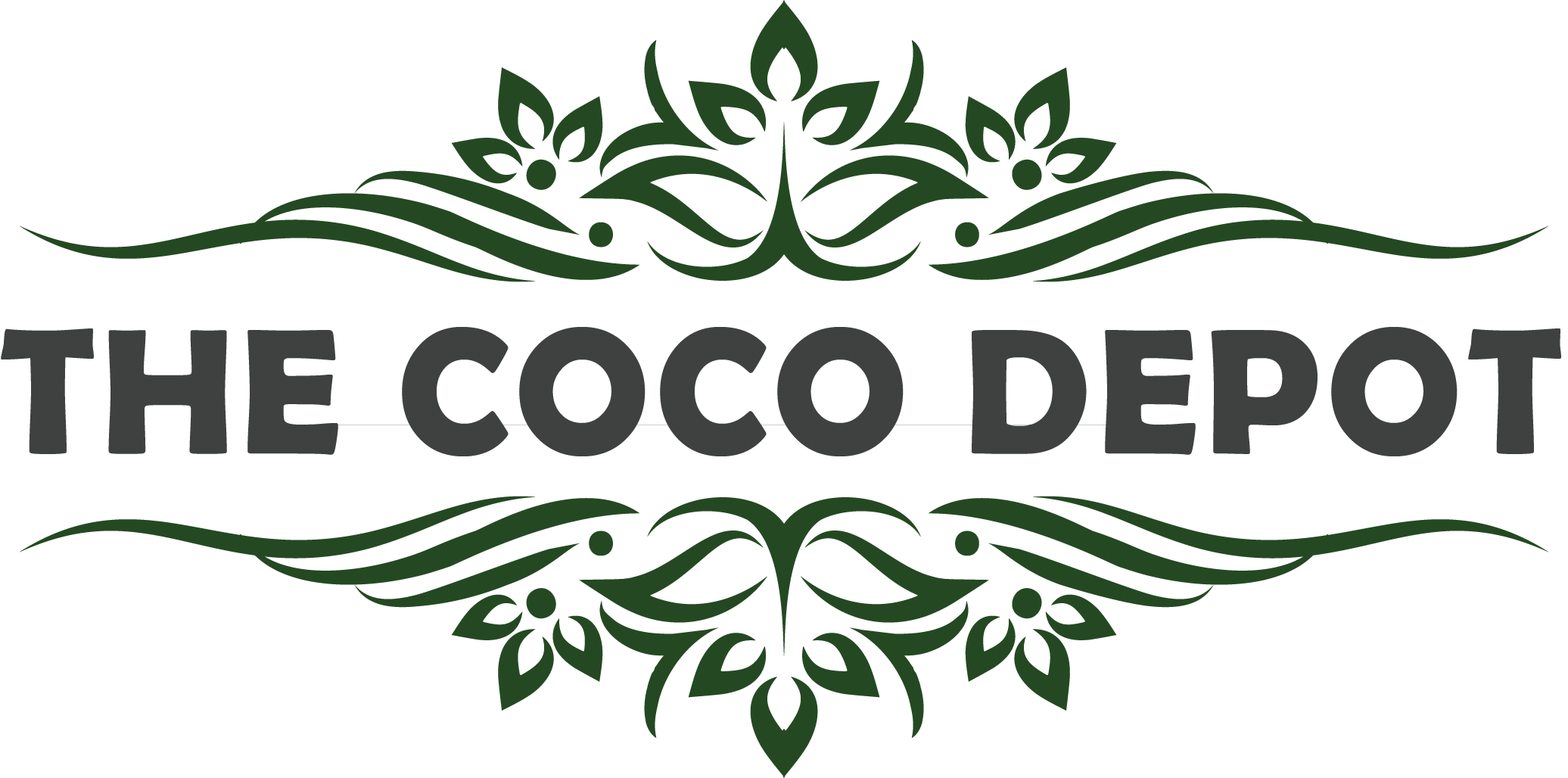Community agriculture projects and urban gardening have gained enormous
popularity over the past years. Urban areas have become centers of greenery
and horticulture as more people become aware of the importance of fresh,
locally sourced produce and sustainable food systems. The role of growing
media in this dynamic setting is of prime importance. Among the many options
that have caught the attention of enthusiasts due to its flexibility and
sustainability is coco coir.
Coco coir is the fibrous husks of coconuts. Groundbreaking, for communal
agriculture enthusiasts and urban gardeners, is a new option this resource
offers them. What once was a waste product in the coconut industry, it has
now been rediscovered for its marvelous qualities as an added plant care
utility.
Benefits of Coco Coir
Good Retention and Draining of Water: One common problem in urban
gardening is water availability. Owing to the extraordinary ability to retain
water, coco coir prevents the need to water plants from day to day; hence, a
plant will stay hydrated all through. Its higher drainage prevents overwatering
which is one common problem in the small urban setting.
Well-aerated for Good Rooting: Good root development is highly required for
plant productivity and health in densely populated areas without much space.
Coco coir's structure allows air to come in at the right points and thus helps the
roots to spread with a firm base.
Resilience Towards Diseases and Pest: The plant development can be deterred
by disease and pests from the urban soil. Since coir is resilient to these attacks,
it allows for some sort of protection on the plant through minimal chemical
usage.
Community Agriculture Revolution: Coco coir is a revolutionary solution for
community agriculture projects. Due to its versatility, communities can grow
their own produce together by using vertical farming installations, raised bed
gardening, and community plots.
For more details go through the blog 5 Surprising Benefits of Using Coco Coir in Your Home Garden – The Coco Depot
Raised Bed Growing
Preparation: Mix coco coir with vermiculite, compost, and other additives to
create a well-balanced growing medium.
Medium-sized hydroponic system Preparation: Wash and hydrate coco coir to
remove excess salt and add some moisture to it.
Planting: Place plants in coco coir net pots or in coco coir containers ensuring
that the roots and media are making good contact. Implement your
hydroponic nutrient system and monitor the pH and nutrient levels in your
nutrient solution.
Maintenance: Prevent the accumulation of nutrients by regularly flushing the
coco coir with pH-adjusted water.
Aquaponics:
Use coco coir as a biofilter by placing it in the fish tank or any other container
where good bacteria can thrive.
Planting: Plant seeds or seedlings in the coco coir to draw the nutrient enriched water from the fish tank.
Fish-Bacteria Interaction: The aquaponic cycle is initiated by bacteria breaking
down fish waste and forming nutrients for plant growth.
Harvesting: Harvest plants when they get matured in order to maintain the
equilibrium of the aquaponic ecosystem.
How to Remove and Reuse Used Coco coir
Correct material disposal and recycling techniques have lately become key
constituents of sustainable environmental management with the focus on
global adoption. One way of recycling and reusing that is currently becoming
popular in agriculture and gardening is through the proper collection of used
coco coir which is then turned into the better end of its life cycle reducing its
environmental impact.
Coco Coir Composting:
The breakdown of fibers: Instead of chopping the cocos, it's better to do it by
straws in order to decrease the rate at which sane breaks down, thereby you
can speed up the decomposition. The fibers provide enough space for the
microbes to penetrate once they are shredded. Lastly, the compost content is
balanced when the mixture of materials includes the right amount of the
nutrients. However, high carbon or nitrogen can cause the compost to not
process so fast because it is out of the needed threshold. The other side of this
is a high-carbon content that, if it is more than the ideal, won't produce good
results, so the faster compost collection and the cost of nitrification is what
you keep at the back of the mind. It’s the way how moisture is controlled in
composter that’s crucial for the fact that bacteria and other agents will
naturally inhabit it. This can gradually improve the quality of the compost while
speeding up the composting process, and it is ensured only when the
microorganisms' environment is provided as stable& efficient respecting them.
If the coping species are to keep up the required pH for pursuing composting,
it is necessary that the ecological relations among them as well as the
organisms that share the medium should be interdependent. The presence of
large amounts of moisture favor the decomposition of materials. Therefore,
alternative scenarios for the disarticulation of biotite rocks by weathering
would be higher temperatures and stronger winds resulting in higher
temperature and faster microbial activity which would kill the rock in days.
Some people like to compost in a bin, but they should do so in a moist and airy
container.
In summary:
Since it turns a byproduct of the coconut business into a force for good, coco
coir epitomizes environmental consciousness. In fact, every time we opt for
coco coir instead of alternatives that worsen the environment, we're taking a
step toward a greener future.
Coco coir is a perfect companion to community agriculture, making
revolutionary concepts such as raised beds, community gardens, and vertical
farms possible.
The Role of Coco Coir in Urban Farming and Vertical Gardens – The Coco Depot
For more details go through The Coco Depot - Home of premium coco products

